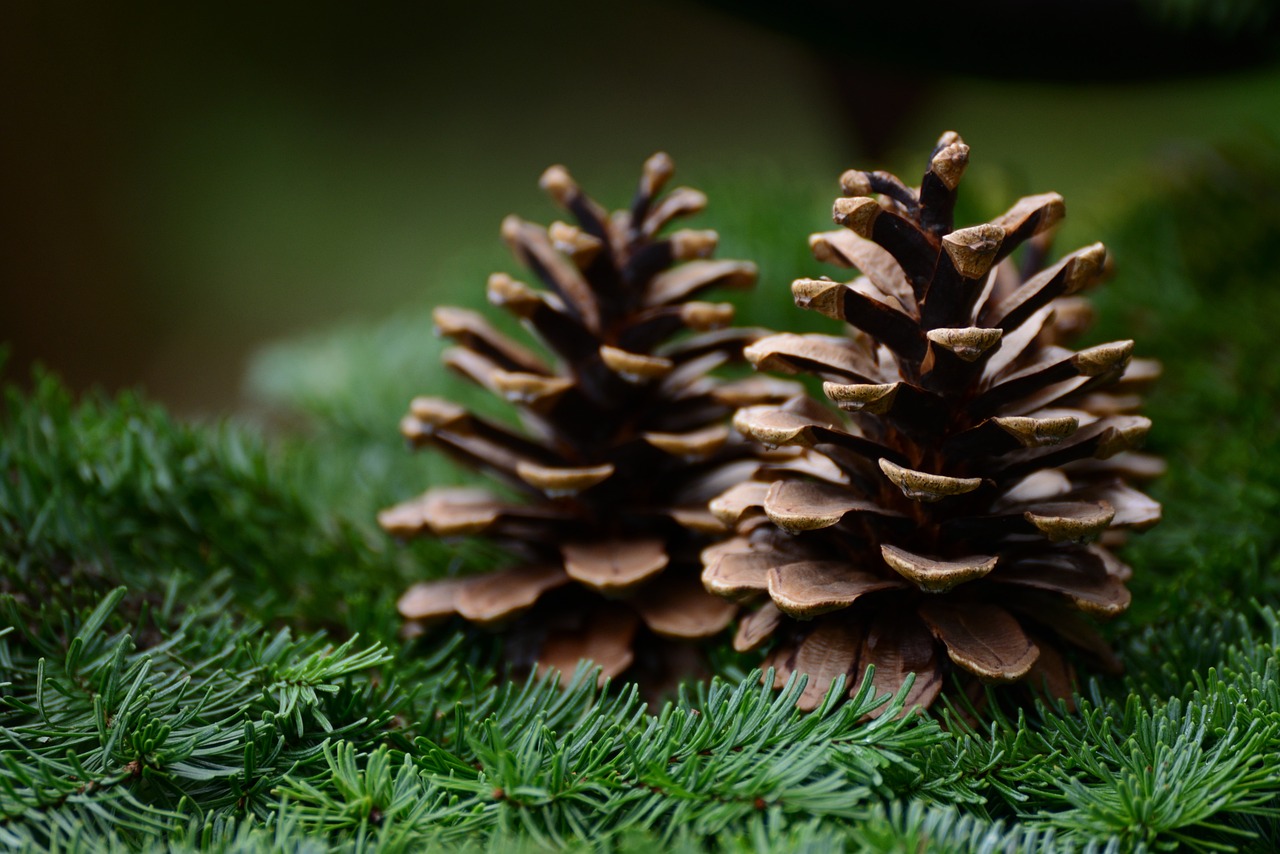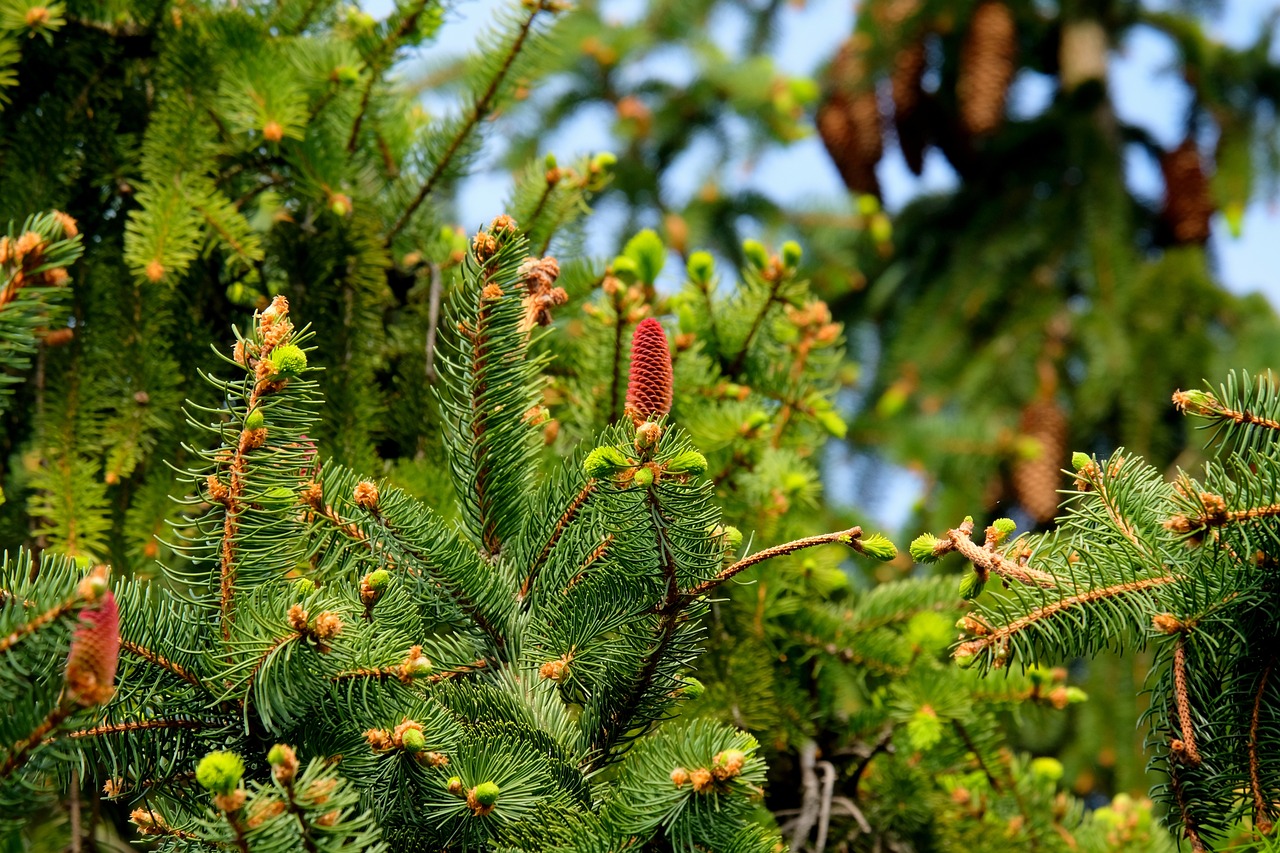“`html
Understanding Fir Trees: Habitat, Characteristics, and More
Fir trees, belonging to the genus Abies, are evergreen conifers that are native to mountainous regions of North and Central America, Europe, Asia, and North Africa. Known for their towering presence and lush, needle-like foliage, fir trees are a staple in both natural forests and ornamental landscapes.
Habitat and Distribution
Fir trees thrive in cooler climates and are predominantly found in high altitude regions. They are well adapted to mountainous terrain where they receive ample moisture and cool temperatures. These trees can form dense forests, often with other conifer species like spruce and pine.
Characteristics of Fir Trees
Fir trees are easily recognizable by their tall, pyramidal shape, smooth bark, and needle-like leaves that are attached singly to the branches. The needles are typically flat and have a distinctive pleasant fragrance. Fir cones are another identifying feature, growing upright on the branches and disintegrating to release seeds when mature.
Symbolism and Meaning
In various cultures, fir trees symbolize resilience and endurance due to their ability to withstand harsh winter conditions while remaining green. They are often associated with Christmas traditions, symbolizing hope and renewal.
How to Grow Fir Trees
Growing fir trees requires some patience and attention to detail. These trees can be grown from seeds or saplings, depending on availability and preference.

Choosing the Right Location
When planting fir trees, choose a location that receives full sun to partial shade and has well-drained soil. These trees prefer slightly acidic soil with good moisture retention but do not tolerate waterlogged conditions.
Planting and Maintenance
Planting: If starting from seeds, sow them in pots with a mixture of sand and peat, and keep them in a cool environment until they germinate. For saplings, dig a hole twice the size of the root ball, place the tree in the center, and fill with soil.
Watering: Keep the soil consistently moist, especially during the growing season. However, avoid over-watering as this can lead to root rot.
Pruning: Minimal pruning is required for fir trees. Remove any dead or diseased branches to maintain health and shape.

Common Pests and Diseases
Fir trees are susceptible to pests like aphids and diseases such as root rot and needle cast. Regular inspection and maintaining tree health with proper watering and fertilization can help prevent these issues.
Additional Information
Fir trees are not just valuable for their aesthetic appeal but also for their wood, which is used in construction and paper manufacturing. Additionally, fir essential oils are used in aromatherapy for their calming properties.
Conclusion
With their majestic height and evergreen charm, fir trees are a beautiful addition to any landscape. By understanding their habitat, characteristics, and care requirements, you can successfully grow and enjoy these resilient trees in your own garden.
For more detailed information about different types of fir trees and their uses, visit the Arbor Day Foundation website.
Learn more about other types of evergreen trees in our related article on Evergreen Trees Guide.
“`
